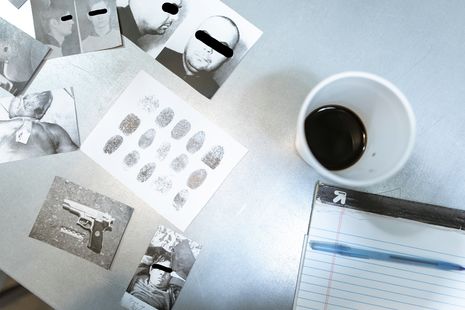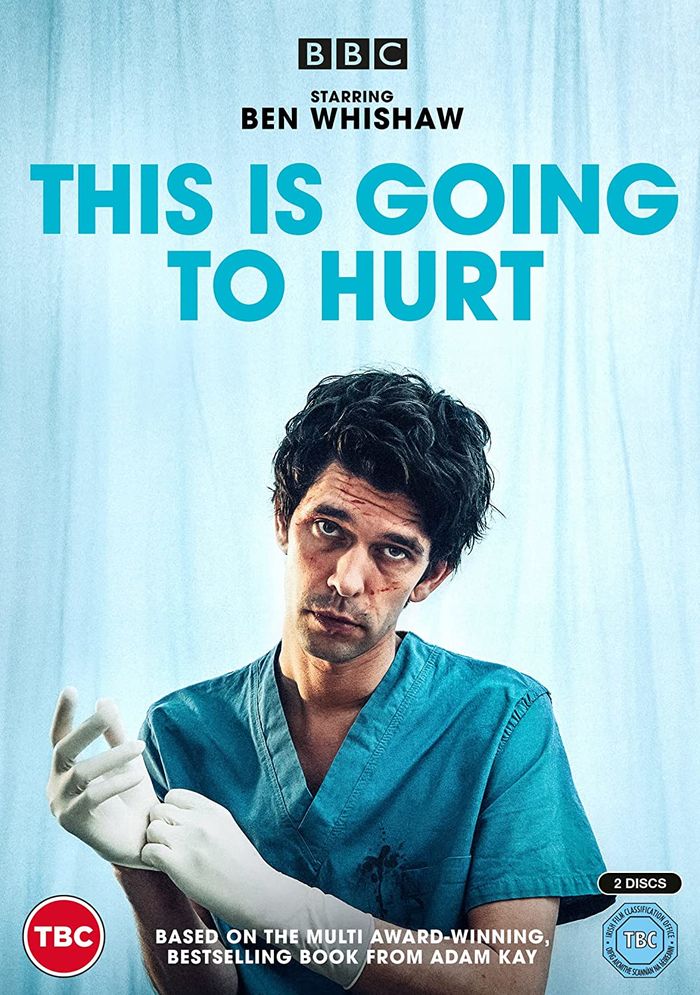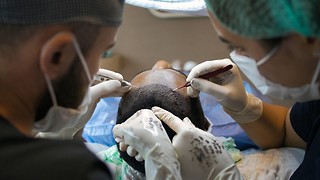Me and Ted: Sensationalising true crime in media
Aimee Hallsworth claims she uses the true crime genre to cathartically release her fear of real world violence, but argues that these documentaries and films erase the victims’ identities

Content Note: this article contains discussion of violence against women, murder, and patriarchal trauma
Recently, I’ve been watching true crime documentaries before I go to sleep. Ted Bundy smiles blankly out from my laptop while I wash my face. While I’m brushing my hair, a police officer talks about discovering the bodies of the women he butchered. Picture after picture of all the girls he destroyed flick onto the screen, neat and smiling and dead. I leave the laptop and pace over to where my book, a dog-eared copy of Jane Austen’s Emma, lies on the table.
Are you still watching? Netflix is anxious to capture my attention back on the screen, back on the photographs of the dead girls. I stop, walk back to my bed, and when I press play it’s 1974; Bundy is about to murder Georgann Hawkins. I climb into bed and pull the covers up tight. Are you still watching? I suppose I am, but I cannot for the life of me figure out why.
“Watching true crime is like a kind of exorcism, as I externalise my own fear of male violence”
I used to hate true crime documentaries, vehemently. The thought of consuming these horrific real stories as entertainment unnerved me, and I was never convinced that the documentaries gave the victims as much attention as the men that chose to end their lives. Sure, I would watch fictionalised accounts of serial killers, real or imagined (I will always have a soft spot for NBC’s Hannibal). But documentaries? No. That made it real. I could even stomach Zac Efron as Bundy with his bad ’70s turtleneck in Extremely Wicked, Shockingly Evil and Vile because the nature of biographical film brings a level of artifice to the subject. The slick editing meant I could never quite connect to the reality of the case. As strong as Efron’s performance in the film was, there would always be an association in the back of my mind between him and his Disney Channel roots. Watching Extremely Wicked instead of Conversations with a Killer: The Ted Bundy Tapes meant looking at an actor in a costume, not at the killer himself. The concept of being confronted with the real man behind the crimes was too much, too far. It brought the horror home.
But now, I can’t stop — a sick day spent watching Conversations With a Killer: The John Wayne Gacy Tapes has morphed into Night Stalker: Hunt for A Serial Killer, which in turn brought me to The Ted Bundy Tapes. Over and over again I hear about the brutal ways in which these men attacked, humiliated and killed their hundreds of victims, refining their pattern of behaviour after each death. Each time I felt my heart shut up in my chest as I look at another one of the lives they took: John Butkovich, Janice Ott, Mei Leung. But I would be lying if I said that these names are really what I’m left with when I stop watching. It is the killers who we remember.
“I was never convinced that the documentaries gave the victims as much attention as the men that chose to end their lives”
What is so incessantly hypnotising about these murderers, particularly for women who, seemingly unaccountably, dominate public interest in true crime culture? A lot of my own fascination with true crime at the minute, and to the stories of these men, has a lot to do with the crisis of femininity that’s been brewing inside me, and I know countless other women are drawn to these stories for similar reasons. Watching true crime is like a kind of exorcism, as I externalise my own fear of male violence by consuming the viciously, traumatically patriarchal crimes that these men committed from the safety of my bed. A small, ugly little part of me looks at the dead girls on screen and thinks ‘at least it’s not me’.
This brings up the question, for me at least, as to whether watching this kind of media can ever be healthy. It brings me into contact with my internalised misogyny and moreover it anonymises the victims. The girls become defined by their victimhood. She could have been you. Their individuality is subsumed as their real stories become a kind of release for many female viewers, who experience this patriarchal violence without having to confront the reality of it. But does not ignoring these stories mean I’m not hearing the victim’s story full stop, and is that more of an injustice? Putting these stories down all together doesn’t necessarily feel like the solution, after all, true crime is true. These men did unspeakable things to their victims and shutting my eyes won’t make this go away, and it won’t bring those girls back to life.
I’ve paused the screen for too long and the question has come back. Are you still watching? I’m not sure, certainly not in the way I have been. Projecting my own fears onto the lived experience of these women has left a bitter taste in my mouth, and I feel as though I can’t appreciate this story unless names like Georgann Hawkins and Lisa Levy are represented beyond their victimhood.
As I close the tab, Bundy’s eerie blank smile disappears from view; the bogeyman has gone. We’ve heard enough about him. Instead, I want to know why Lynda Anne Healy loved to ski and what music Brenda Ball listened to, how Debrah Jean Kent felt about the play she had seen before Bundy took her and what Kimberly Leach’s favourite class was at school. True crime needs to honour these victims, not just in sympathy but by framing their names beyond their killer’s narrative.
 Features / Meet the Cambridge students whose names live up to their degree9 September 2025
Features / Meet the Cambridge students whose names live up to their degree9 September 2025 News / Student group condemns Biomedical Campus for ‘endorsing pseudoscience’10 September 2025
News / Student group condemns Biomedical Campus for ‘endorsing pseudoscience’10 September 2025 News / Tompkins Table 2025: Trinity widens gap on Christ’s19 August 2025
News / Tompkins Table 2025: Trinity widens gap on Christ’s19 August 2025 News / New left-wing student society claims Corbyn support11 September 2025
News / New left-wing student society claims Corbyn support11 September 2025 Science / Who gets to stay cool in Cambridge?7 September 2025
Science / Who gets to stay cool in Cambridge?7 September 2025









